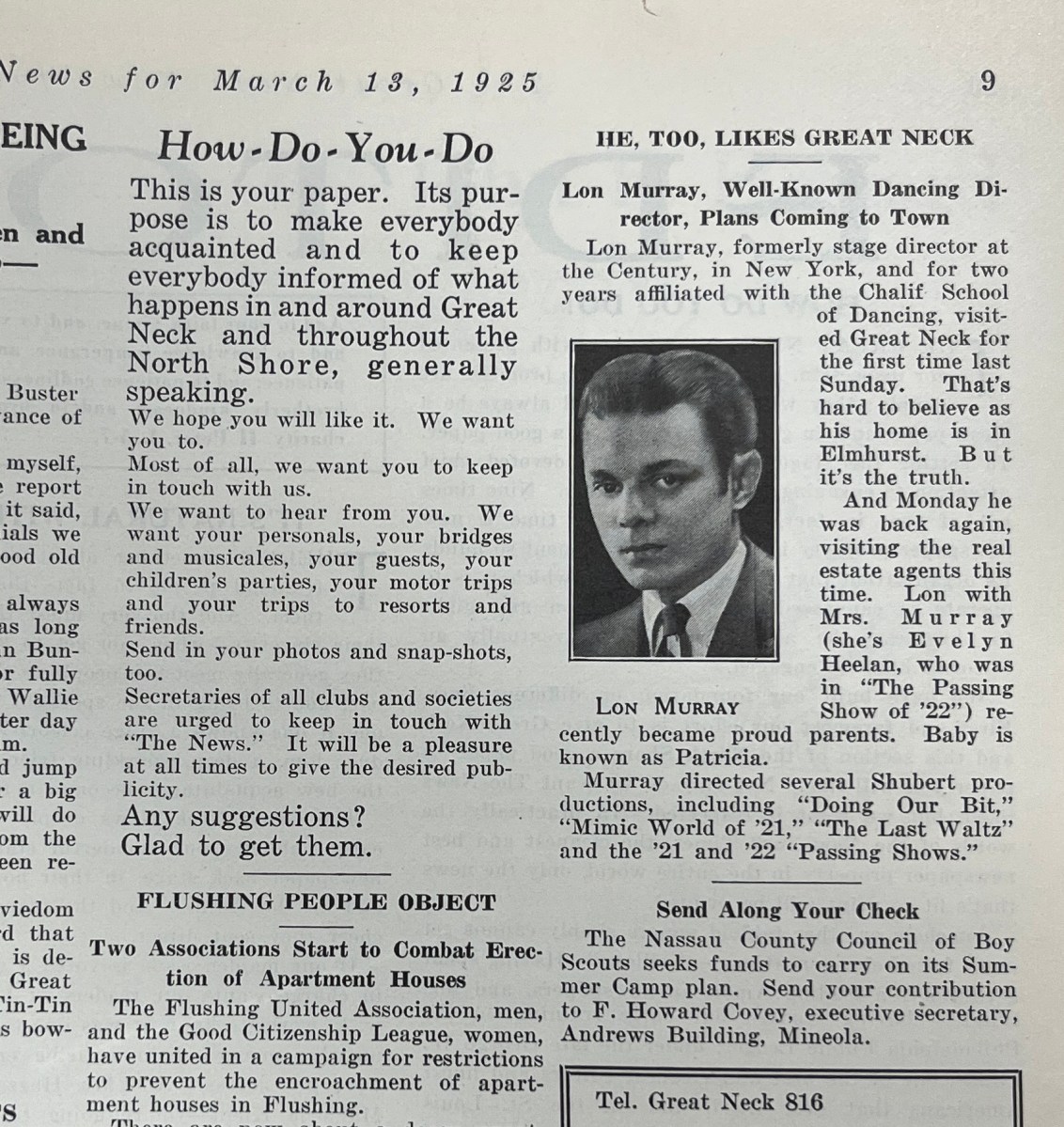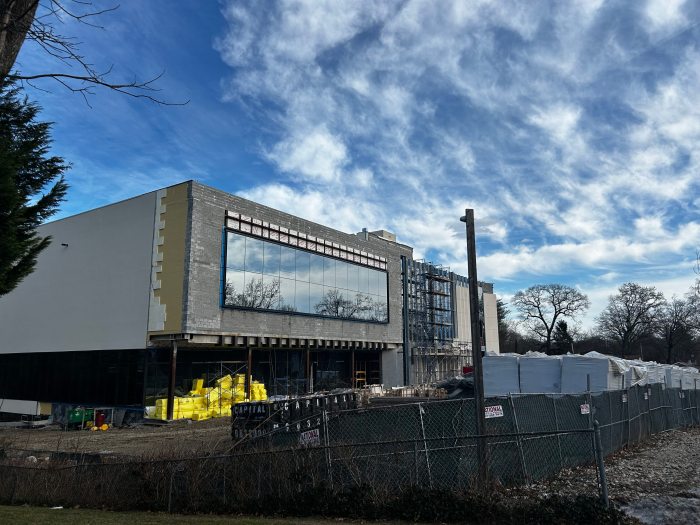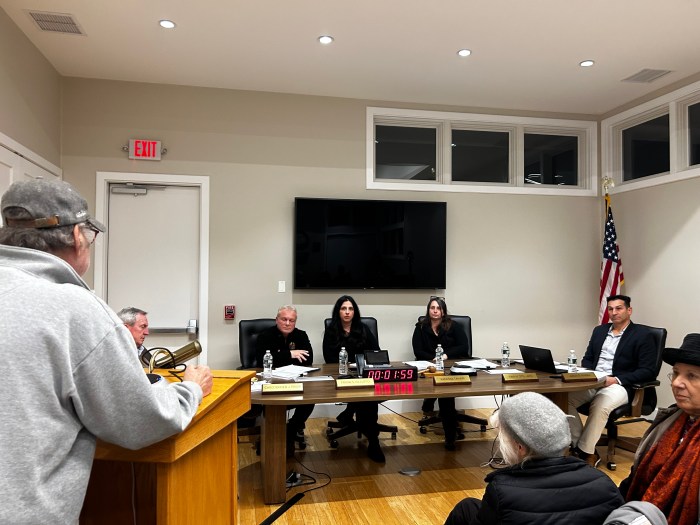In the early 1920s and particularly by 1925, the United States was undergoing substantial political, economic and cultural shifts. These national trends, combined with regional developments on Long Island, contributed to the emergence of community newspapers such as the “Great Neck News.”
Political Climate
The political environment of the 1920s emphasized post-war normalization and economic growth. Under Presidents Warren G. Harding and Calvin Coolidge, federal policy favored business interests and limited government regulation. At the local level, suburban communities like Great Neck developed municipal infrastructure, public services and zoning systems. Newspapers played a role in reporting on local governance, elections and civic planning.
Economic Prosperity
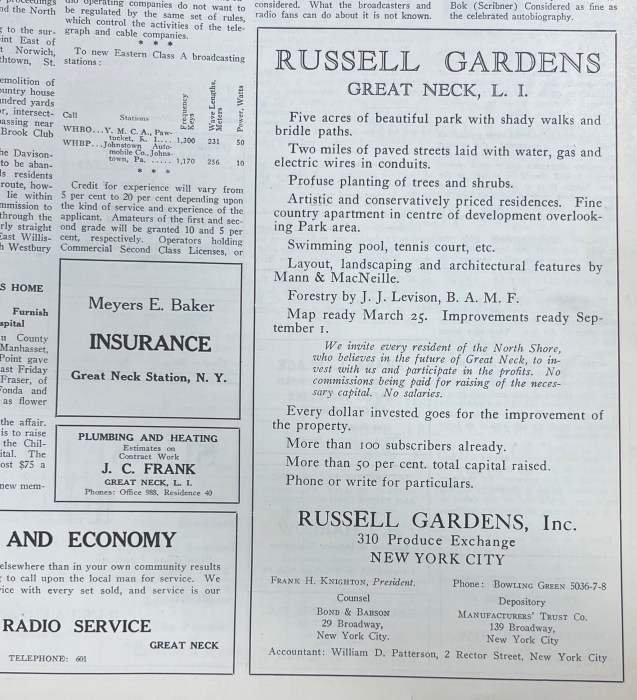
The mid-1920s marked the height of the post–World War I economic boom. Rising incomes and consumerism, combined with improved transportation infrastructure such as the Long Island Rail Road, spurred suburban growth. Great Neck became a residential hub for professionals commuting to New York City. Local businesses, real estate development and civic institutions benefited from access to a newspaper for advertising, announcements and economic reporting.
Media and Cultural Shifts
The 1920s saw the rapid expansion of mass media, including radio and newspapers. High literacy rates and the growing availability of print materials made newspapers a regular part of household life. Community newspapers served specific needs by covering local schools, religious institutions, social events and town news—topics often omitted by metropolitan dailies.
Religious and Social Life
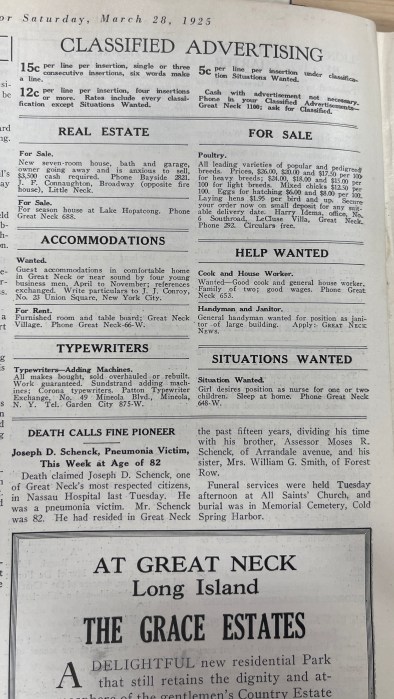
Suburban areas, including Great Neck, saw the growth of religious and community institutions in the 1920s. These organizations frequently hosted public events, fundraisers and community programs. A local newspaper provided a centralized platform to publicize such activities and share institutional updates.
Suburbanization and Identity
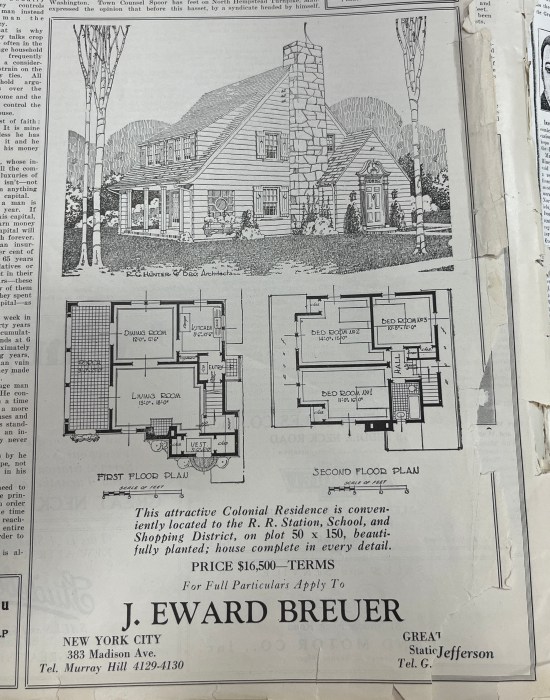
The broader suburbanization movement accelerated in the 1920s, as Americans moved from cities to surrounding areas. Great Neck’s population increased as planned developments expanded. With this growth came the desire for local communication networks. Community newspapers helped organize civic life, disseminate local information and support neighborhood cohesion.
Demographics
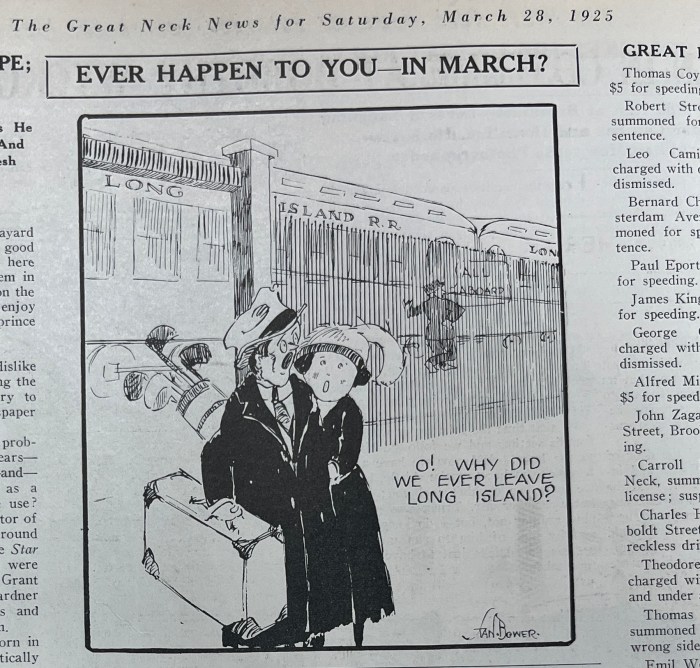
While national immigration laws became more restrictive during the 1920s, existing immigrant populations continued to grow in urban and suburban areas. Great Neck experienced demographic diversification as families with ties to New York City settled in the area. Community newspapers played a role in documenting local milestones, announcements and institutional developments that served diverse groups.




